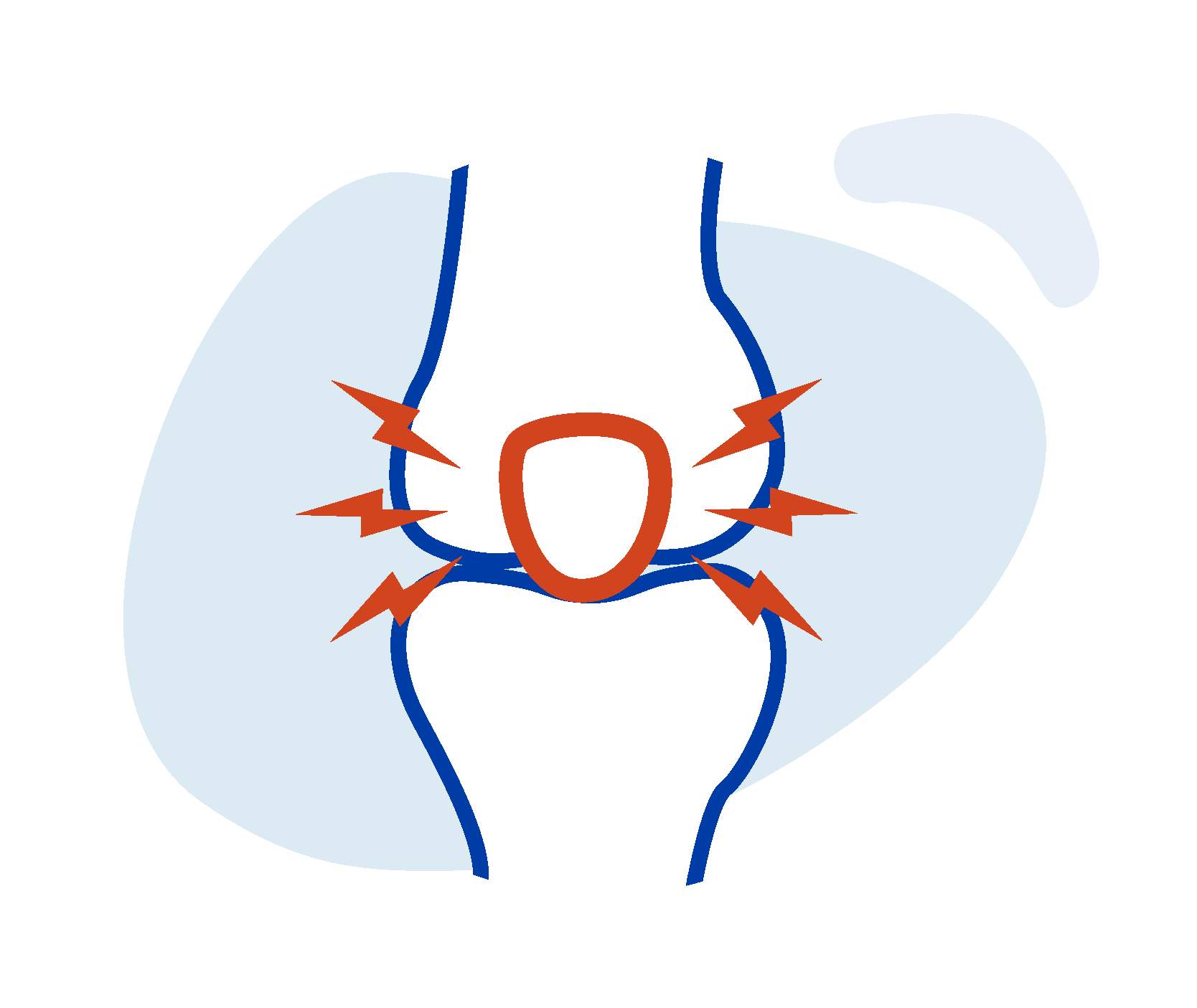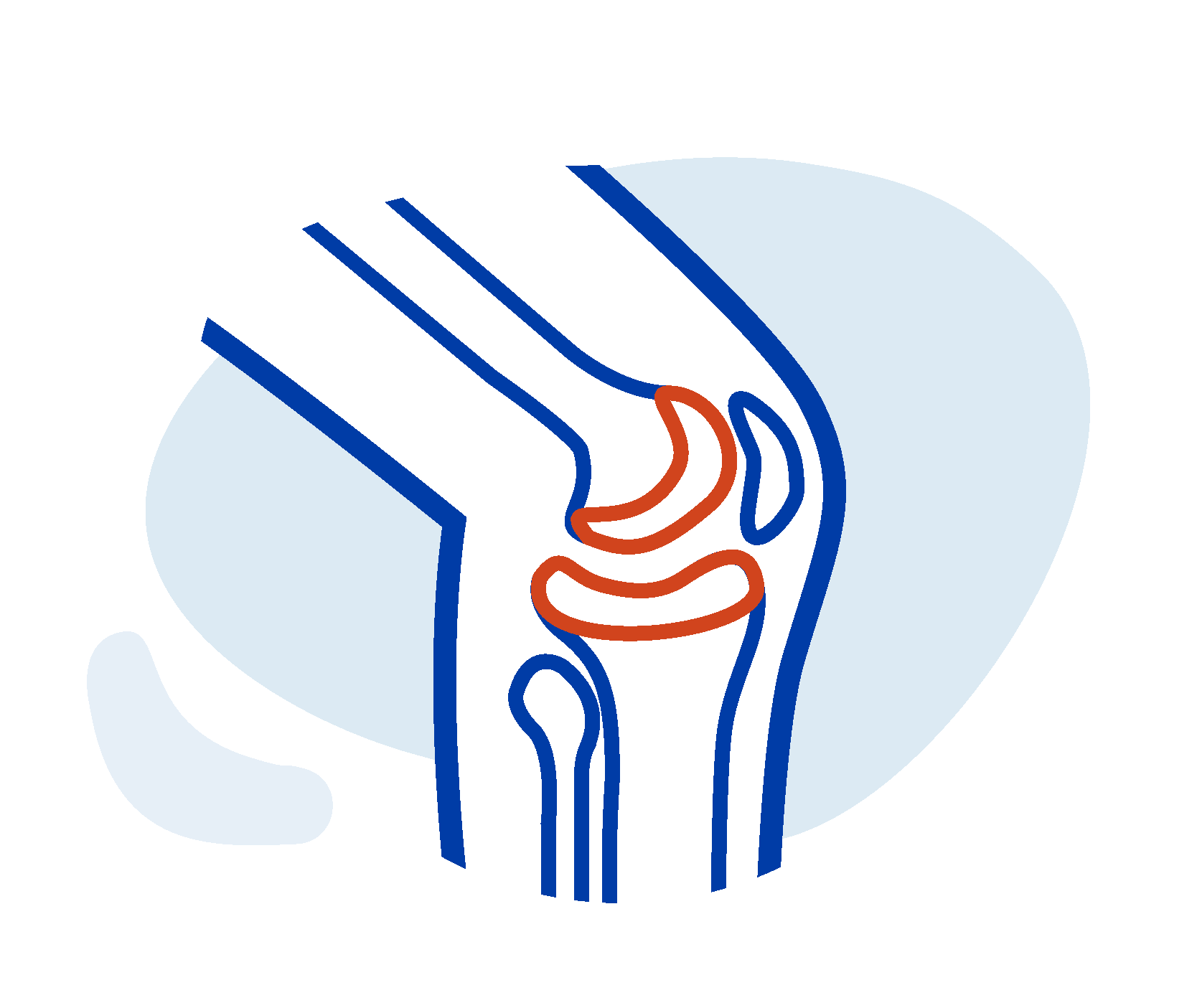Better information leads to better treatment!
Welcome to our case study
We'll be diving into their medical history and physical screening. Learn how we combined that information with the results of the Knee Kinesiography with the KneeKG system to create a personalized exercise program and help them become pain-free*.
ACL
A young adult male, football player, presented persistent knee pain following an anterior cruciate ligament reconstruction of his left knee.
He underwent arthroscopy for a medial meniscectomy and reported no change in symptoms.
This leads us to question whether healthy knee biomechanics have been restored after his ACL reconstruction. KneeKG data can give us insight into his knee kinematics and movement patterns that might be causing his knee pain.
Knee OA
An adult male came to see us with right knee pain and stiffness. He was diagnosed with tibiofemoral osteoarthritis.
Despite doing physical therapy for his knee pain, he stated no change in his symptoms. We know that osteoarthritis can be a wear-and-tear disease and is worsened in patients with poor knee biomechanics.
Considering this, let’s look at his Knee Kinesiography test results to get a clearer understanding of what movement patterns are contributing to his knee pain.
TKA
An adult male, underwent a left total knee arthroplasty and reported persistent pain superior and inferior to the patella as well as in the lateral soft tissue structures of the knee.
Despite having a TKA and participating in physical therapy, he reported pain while going up and down stairs and when moving from sitting-to-standing.
Let’s look at his Knee Kinesiography test results to evaluate biomechanical markers that may be problematic and discover how this information can give us insight into his abnormal movement patterns and the underlying causes of his persistent knee pain.
Curious to learn more?
Learn how to integrate the KneeKG® system in your practise.

* Because this information does not purport to constitute any diagnostic or therapeutic statement with regard to any individual medical case, each patient must be examined and advised individually, and this information does not replace the need for such examination and/or advice in whole or in part. Emovi does not practice medicine. Each physician should exercise his or her own independent judgment in the diagnosis and treatment of an individual patient, and this information does not purport to replace the comprehensive training physicians have received.
![emovi-FullBlanc-hr[1]](https://academy.emovi.ca/wp-content/uploads/2022/10/emovi-FullBlanc-hr1.png)



